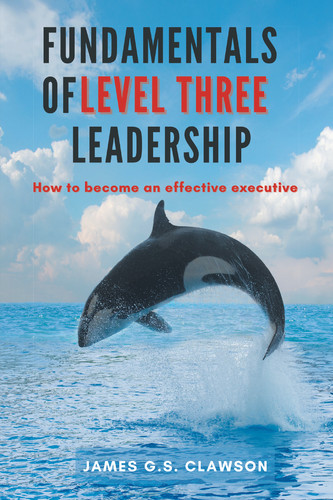12. The Diamond Model of Leadership
Concept
What’s YOUR mental map of leadership? Do you have one? Take a moment and draw out your current thinking about what leadership is. What are the key elements? How do they relate to each other? Take a clean sheet of paper and sketch out your current formed or fuzzy model of leadership. C’mon, give me your best shot! After you do yours, I will share mine. No cheating now. It doesn’t count if you say, “ah, I knew that” after the fact.
Leadership, I think, has several key components. These include personal characteristics of the leader, personal characteristics of the followers, something about the challenges the leader faces, something about the organizational context in which the leader is working, and, of course, something about results. If we simplify for the sake of a diagram, we have L for leader, E for employees/relationships/followers, S for strategic story, O for organization, and R for results.
A few thoughts about each element and the linkages between them. First, personal characteristics of the leader would seem to be obviously important. How you present yourself, how you speak, how you think, your priorities, your style, your beliefs about the way the world works, all of these things and more will contribute to or detract from your ability to influence others. Henry Mintzberg, a leadership guru, among others thinks that reflection or self-knowledge is one of the most important leadership characteristics. While we haven’t identified a set of personal traits that define the effective leader (although many have tried for decades), clearly who you are makes a difference in your ability to lead. The big question here is “Who are you?”
Second, what do you believe you should spend your limited time and energy on? From all the possible options in the world of things screaming for your time and attention, which ones do you choose? How do you make that decision? I call this vision in the sense that people will work on things they think are important because they want to create something. Leaders have visions of what they want to do. What are yours? The linkage between you and your visions we could call your strategic thought patterns. The answer to the question “what’s important to you to work on?” defines your strategic story. People want to know, if they are going to follow, “What’s your story?”
Third, what are the characteristics of the people you intend to lead? What do you know about them? Where do they come from? What do they want? How can you get energy out of them? A leader without followers is of course no leader. So, now the question is, “Can you sell your story to others?” You may have a good story, but if you can’t sell it, you won’t have any followers. Further, if your story is weak, the bond between followers and strategy will be weak and diffuse as will the energy of the followers.
The fourth element in my mental map is the organization. You may know who you are, you may have a story to tell, and you may be good at telling it, but if you are laboring in a moribund, contradictory energy-draining organization, you won’t likely be able to accomplish your goals. Also, if the organization if poorly designed, followers won’t bind to it, loyalty will be low, and commitment will waiver. The importance of this element in leadership implies that good leaders are organizational architects. They know how to mobilize and organize their followers so that their energies are focused on the strategic vision. The question here is, “What’s your design?”
All of these elements taken together—the leader, the vision, the followers, and the organization—produce some kind of results, good, bad, or otherwise. Most people think only of financial results. Profits are important, but they are not the only thing. In today’s inter-connected world, results means we look not only at profits but also at long-term profits and that means we have to consider the impact of the leadership elements on the surrounding society, on the environment and on the sustainability of the enterprise. You probably have strong feelings about this assertion; most people do. If you’re interested, there are a number of additional places you can look for more information.
The south-west axis represents the strength of the bond between employees and the organization. That bond is a function of several things including employee VABEs and organizational designs.
Finally, note that the south-east axis in the diamond shaped model below indicates the need to lead change. By the time you have figured out who you are, what your vision is, convinced others to follow you, and designed the right organization, the world has moved, things have changed. To lead, you have to be a leader of change. The mere fact of having a vision means you have to get from here to there, and that’s change.
Diagram
So, my basic mental map of leadership looks like this.

How does this compare with your mental map? What am I missing? What are you missing? Are there ways we could combine our models into a more accurate joint model?
1. What things in your model must come together to produce good leadership results?
2. Do you believe that who you are makes a difference in your ability to lead?
3. Write a one sentence description of who you are.
4. Do you think a person can lead (not manage) without a strategic story?
5. Where would you like to take people?
6. Can you sell your story? What methods would you use to convince others to follow you?
7. Can you design an organization that will help not hinder your efforts to accomplish your vision?
8. Can you lead change? Do you understand the change process? Are you a change master?
